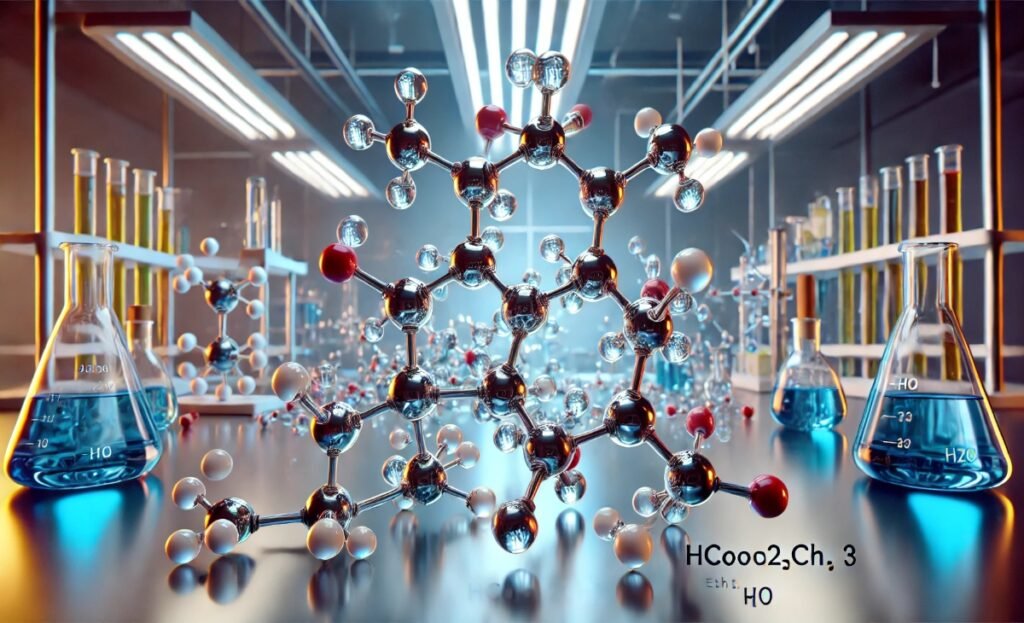
HCOOCH CH2 H2O represents a fascinating chemical interaction involving formic acid esters, methylene groups, and water. This combination plays a significant role in various chemical reactions, leading to products essential in multiple industries. Understanding the properties, reactions, and applications of HCOOCH CH2 H2O provides valuable insights into organic chemistry and its practical uses.
Chemical Structure and Properties
The notation “HCOOCH” refers to an ester derived from formic acid, while “CH2” denotes a methylene group, and “H2O” represents water. When these components interact, they can undergo hydrolysis, resulting in the breakdown of the ester into an alcohol and an acid. This reaction is fundamental in organic chemistry and has numerous industrial applications.
Hydrolysis Reaction Mechanism
In the presence of water, esters like HCOOCH can hydrolyze to produce formic acid (HCOOH) and an alcohol. This process involves the nucleophilic attack of a water molecule on the carbonyl carbon of the ester, leading to the formation of a tetrahedral intermediate. Subsequent proton transfers result in the cleavage of the ester bond, yielding the innovative acid and alcohol.
Industrial Applications
The hydrolysis of esters such as HCOOCH CH2 H2O is pivotal in various industries:
Pharmaceuticals: The production of certain medications involves ester hydrolysis to obtain active pharmaceutical ingredients.
Fragrance Industry: Many fragrances are synthesized through ester reactions, where controlled hydrolysis yields desired aromatic compounds.
Polymer Manufacturing: Ester hydrolysis is a step in producing polymers and resins, affecting the material’s properties and applications.
Environmental Implications
Understanding the hydrolysis of esters like it is crucial for environmental science. Many esters are present in natural ecosystems and can undergo hydrolysis, influencing the breakdown of organic matter. Additionally, this knowledge aids in developing biodegradable materials and assessing the environmental impact of synthetic esters.
Conclusion
The study of HCOOCH CH2 H2O encompasses essential aspects of organic chemistry, from reaction mechanisms to practical applications across various industries. By exploring the interactions between esters, methylene groups, and water, scientists and industry professionals can develop innovative solutions and products that benefit society and the environment.







